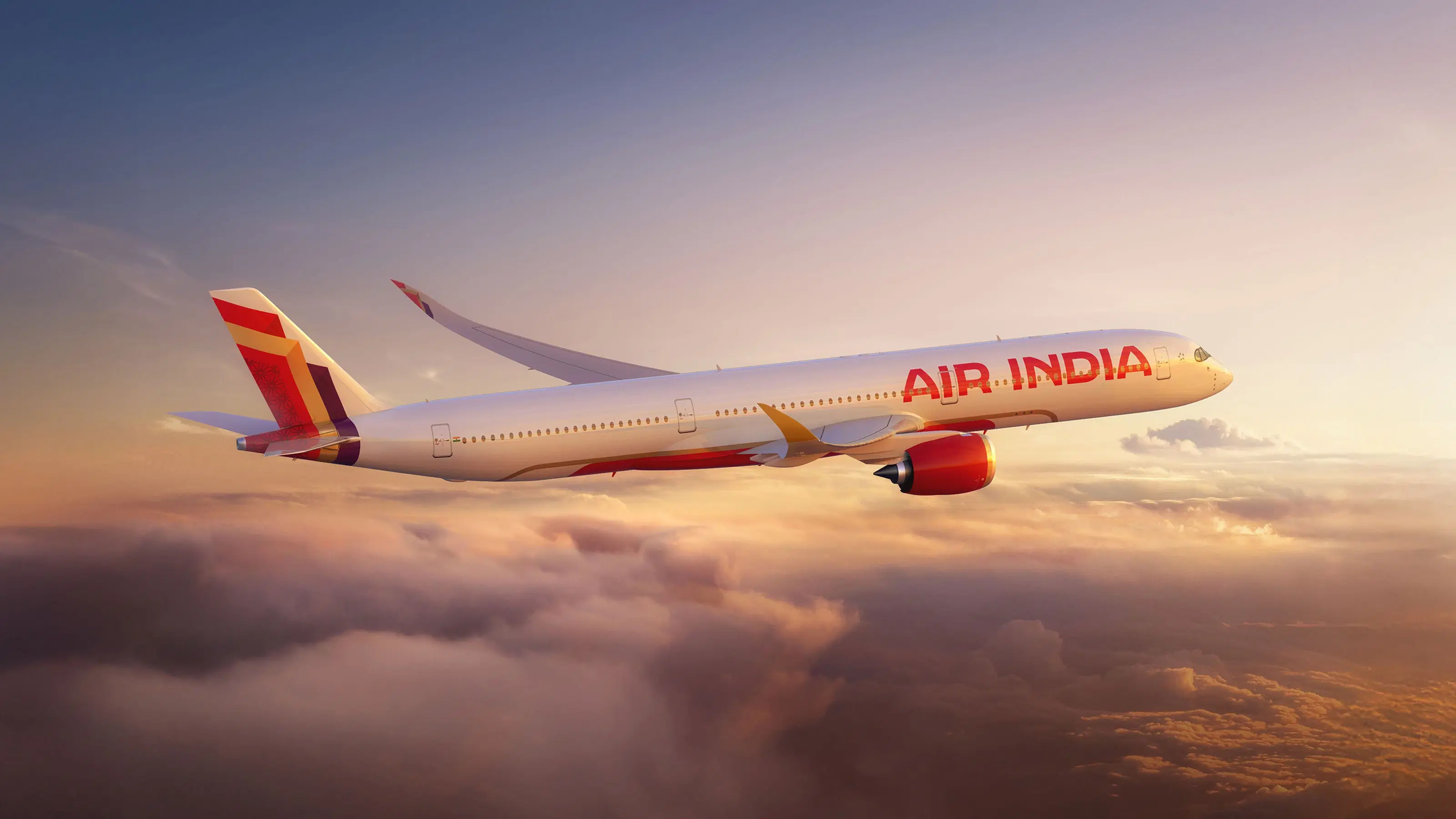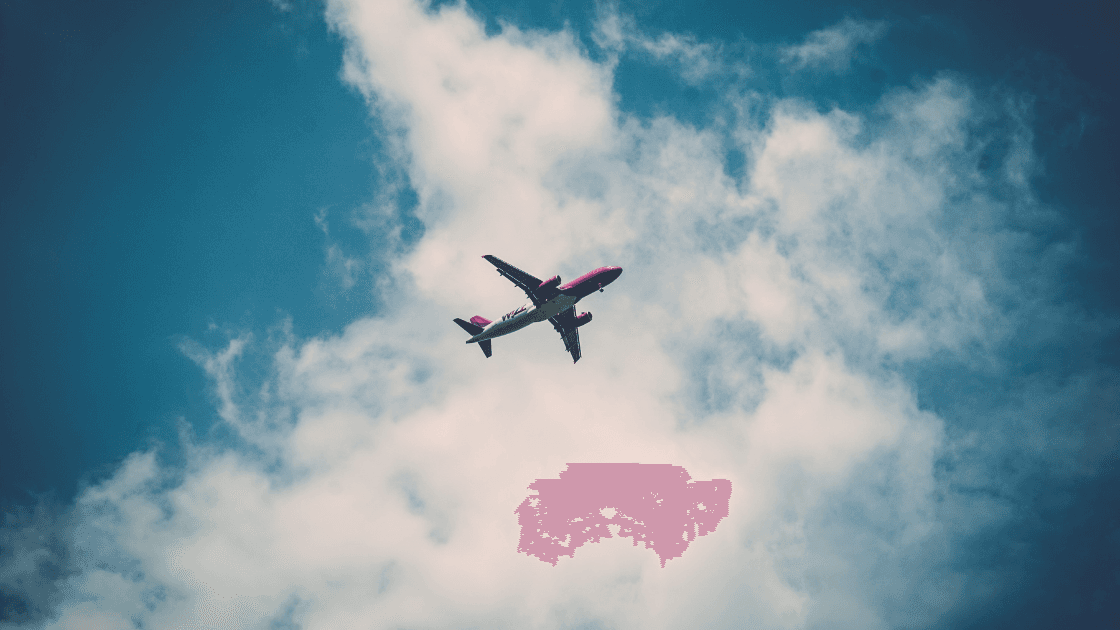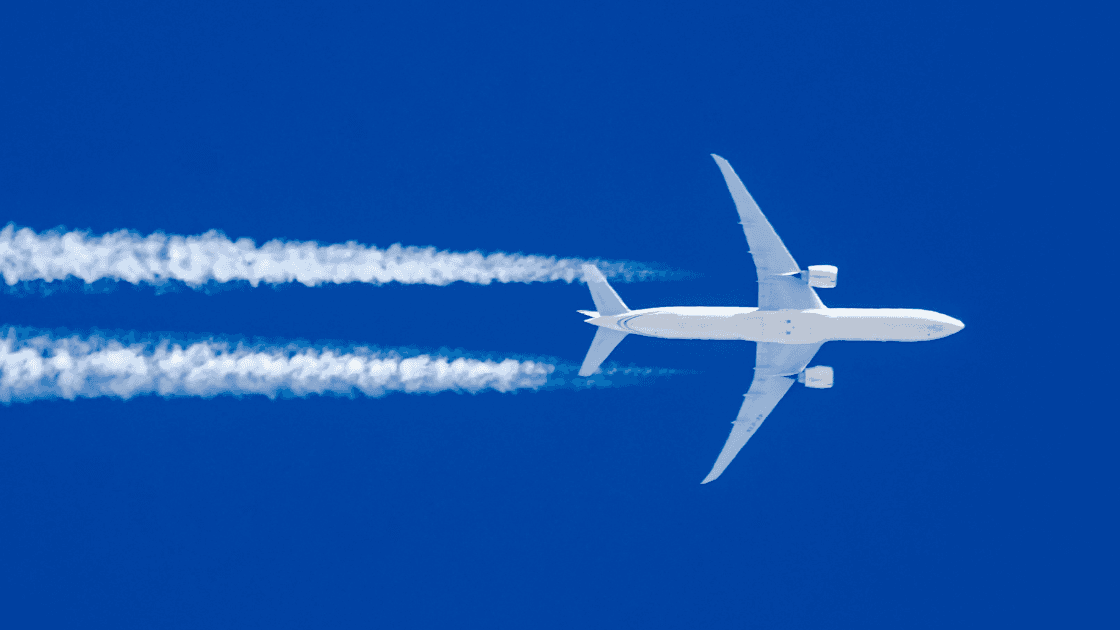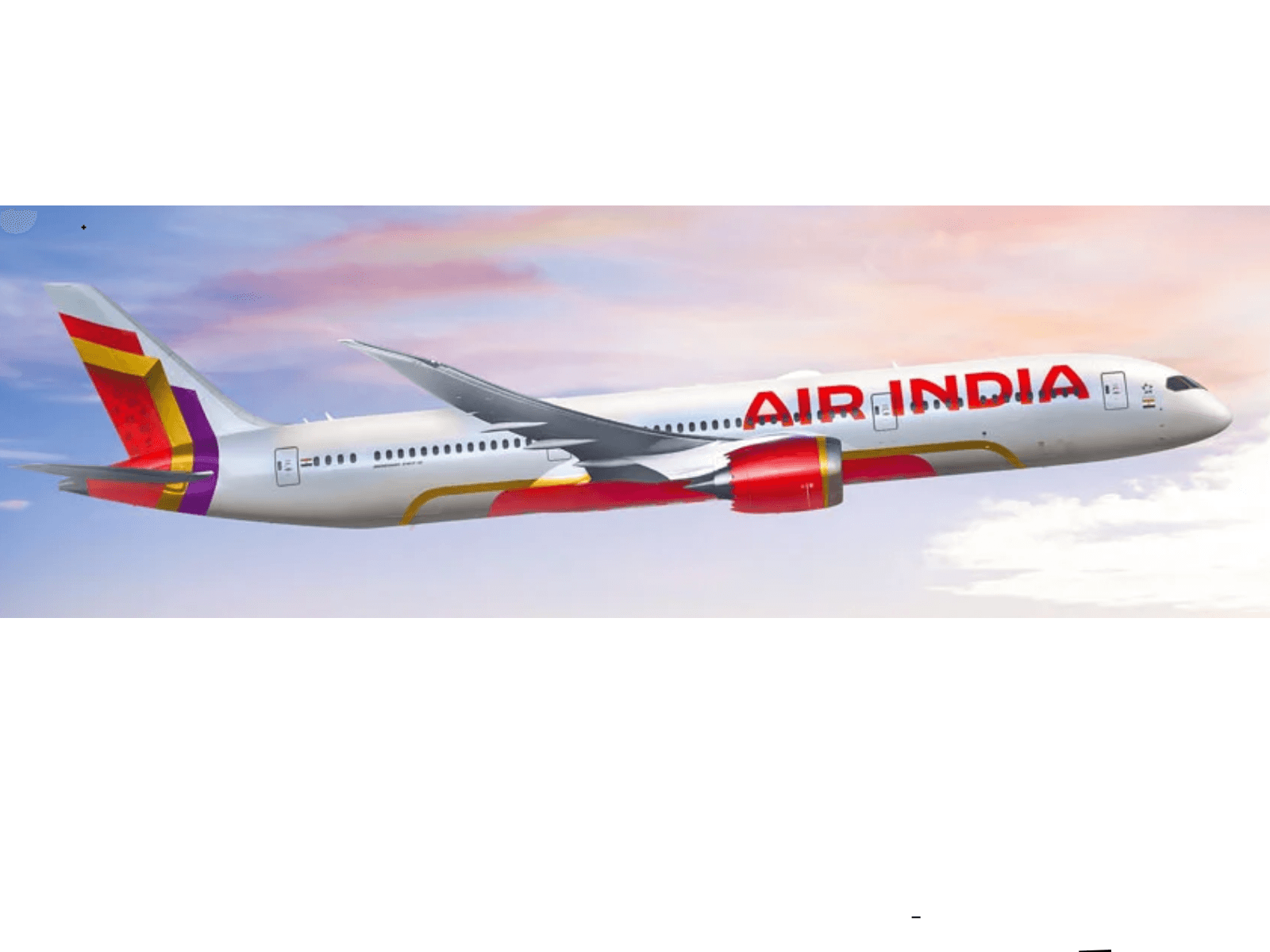
Flights
•05 min read

Dive into the fascinating world of iconic airline branding with the story behind the air india maharaja logo history. Over the decades, the beloved Maharaja has not only served as a welcoming face for flyers but has also symbolized the rich heritage, luxury, and customer centricity that defined an era in the airline’s journey. In this article, we unravel the evolution of the Maharaja mascot—its design, cultural significance, and lasting impact on Air India’s brand identity. By the end, you will have a comprehensive understanding of the Maharaja’s origins, its evolution through design updates, and its role in creating a seamless travel experience through modern platforms like Tata Neu, which enhances rewards and provides integrated services for both domestic and international travel.
The story of the Air India logo begins in 1946, when the airline was in need of a distinctive identity that would set it apart in the competitive world of aviation. Not long after its inception, designers Bobby Kooka and Umesh Rao introduced the Maharaja mascot to lend an aura of regality and warmth. The creation of this iconic figure was aimed at reflecting not only a sense of royalty but also the unmatched hospitality and luxurious service that passengers could expect onboard.
The original Maharaja design was inspired by the grandeur of Indian royalty and intended to evoke a sense of welcome. Its twirled moustache, elegant attire, and friendly expression symbolized not just authority but also an embrace of the traveler. Early visual elements of the logo centered around a warm palette and dignified imagery, elements that remain intrinsic to Air India's legacy. At this time, the design was carefully crafted to communicate a message of inclusivity and top-tier service—an artistic translation of Air India's commitment to making every journey a royal experience.
During the 1970s and 1980s, the iconic logo underwent several modifications to better align with modern aesthetics. As design trends evolved, the logo reflected a more contemporary look while still preserving its essence as the beloved Maharaja mascot. Transitioning into the 1990s and beyond, further refinements were made, updating the design elements to suit digital media demands while still capturing the historical charm of the legacy logo. Through these eras of transformation, the logo remained a beacon of the airline’s rich past, evolving gracefully from the traditional to the modern without compromising its core identity.
The role of the Maharaja in Air India’s branding strategy has been significant. Over the years, the logo was a prime feature in marketing campaigns, embodying the promises of customer centricity and exemplary inflight services. The consistent use of the Maharaja aided in establishing global recognition and trust. With the advent of platforms like Tata Neu, which offers integrated loyalty programs and exclusive member benefits, the logo's legacy further blends with modern travel trends. You can now earn NeuCoins on your bookings (1 NeuCoin = 1₹ saving), reaping rewards that add value to every travel experience.
Did You Know?
The Maharaja mascot is not just a logo; it’s a symbol of hospitality and luxury that has warmly welcomed millions of travelers for over 75 years, redefining the airline’s identity and enhancing the passenger experience.

The cultural importance of the Maharaja transcends its role as a mere emblem. As a representation of Air India’s heritage, it embodies the grandeur of Indian traditions and the bounty of its royal legacy. International travelers often perceive the Maharaja as a marker of refined service and an homage to the nation's rich history. This symbolic character speaks volumes about the way cultural narratives are interwoven with everyday travel experiences, making every journey feel like a voyage through time and tradition.
Over the decades, the Maharaja has made notable appearances in advertisements, films, and public events. Its warm and inviting image has resonated well with audiences, turning it into a true cultural icon. Anecdotes abound of travelers who recall their first glimpse of the mascot with nostalgia and admiration. The enduring appeal of the design speaks to the deep emotional connections it has fostered among generations. It’s a reminder of how beautifully crafted visual identity can impact public sentiment and create lasting memories.
In today’s competitive airline industry, the Maharaja remains a symbol of pride and trust. Its evolution reflects how traditional values can be harmoniously merged with modern design trends, ensuring that the iconic logo remains timeless and relevant. Amid digital transformations and evolving consumer preferences, the integration of the costume’s image with contemporary branding strategies enhances customer experience and boosts global recognition. This melding of history and modern innovation underscores Air India's commitment to reliable, premium services.
Modern integration techniques have seen the Maharaja become a cornerstone of the comprehensive travel experience offered via Tata Neu. The platform’s loyalty program allows travelers to enjoy exclusive member deals, personalized recommendations, and a seamless booking experience across flights and hotels. With every booking, you can earn NeuCoins (1 NeuCoin = 1₹ saving), ensuring that rewards add significant value to your journey. This integration not only reflects the airline’s continued emphasis on customer centricity but also offers tangible benefits that enhance the overall travel experience—making premium travel affordable and accessible.
The legacy of the Maharaja stands as a testament to Air India's unwavering focus on delivering affordable luxury. The airline continues to balance impeccable service with cost-effectiveness by offering premium inflight services, punctuality, and extensive connectivity. The brand’s commitment to excellence ensures that every traveler experiences comfort and reliability, creating journeys that are as memorable as they are luxurious.

To further enhance travel confidence, Air India offers comprehensive trip insurance that covers flight delays and cancellations. There are also flexible add-ons like FlyCan—allowing you to cancel your flight up to 24 hours before departure and offering protection against sudden changes in plans—and FlyNxt, which permits rescheduling up to 2 hours before take-off with financial benefits of up to Rs. 5000 refunded (*T&C apply*). These thoughtful services ensure that your journey remains secure and stress-free, even in the face of unexpected changes.
Designed in 1946 by Bobby Kooka and Umesh Rao, the logo was created to reflect the airline's regal image and welcoming spirit through its unique Maharaja mascot.
From its inception in 1946 to the updates in the 1970s, 1980s, and recent times, the design has been refined to balance modern aesthetics with its traditional roots.
It symbolizes Indian heritage, luxury, and hospitality, playing a pivotal role in establishing the airline’s global identity and resonating emotionally with travelers.
Platforms like Tata Neu enhance the travel experience by connecting the legacy of the Maharaja with modern rewards, including NeuCoins on bookings (1 NeuCoin = 1₹ saving), exclusive deals, and a seamless service experience.
They offer protection and flexibility, covering delays, cancellations, cancellations up to 24 hours before departure with FlyCan, and rescheduling benefits with FlyNxt, ensuring a hassle-free travel experience (*T&C apply*).
In summary, the evolution of the Air India Maharaja logo is far more than a journey of design transformation; it is an emblem of heritage, innovation, and visionary customer service. From its early days symbolizing royal hospitality through to its modern integration with digital platforms and loyalty benefits, every aspect reflects a commitment to excellence that resonates with travelers of all ages. As the airline continues to evolve, the legacy of the Maharaja endures as a vivid reminder of the values that define both its storied past and its promising future.